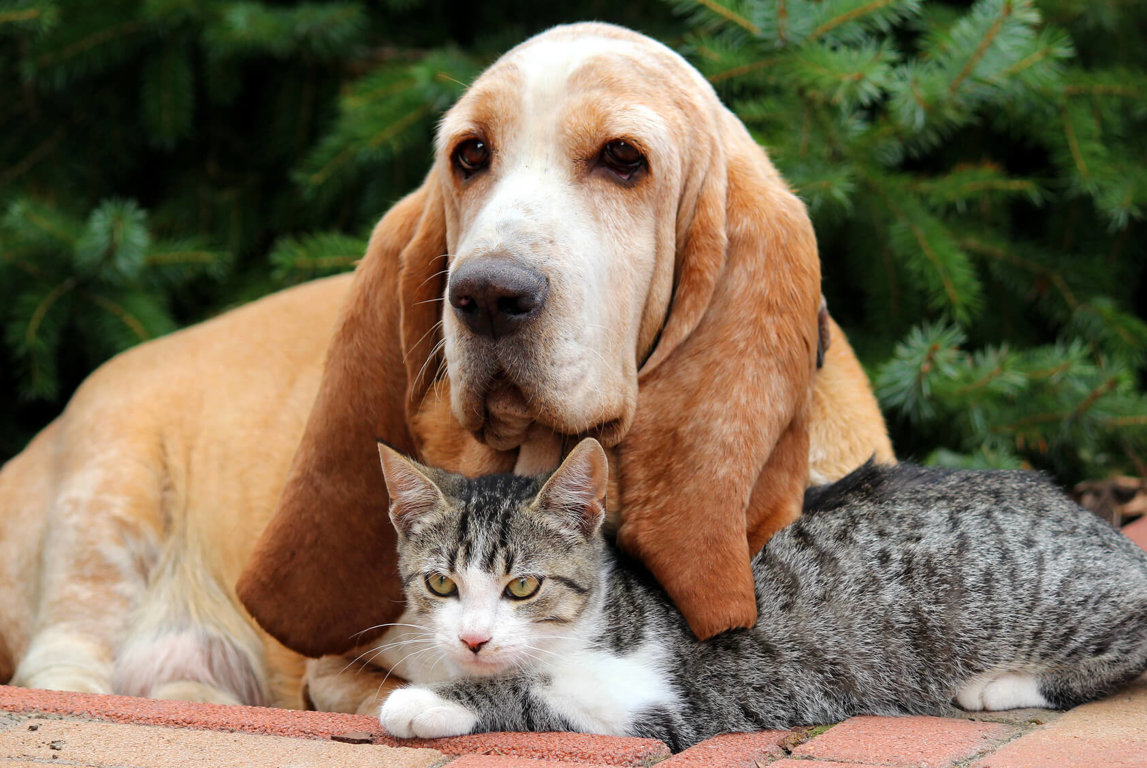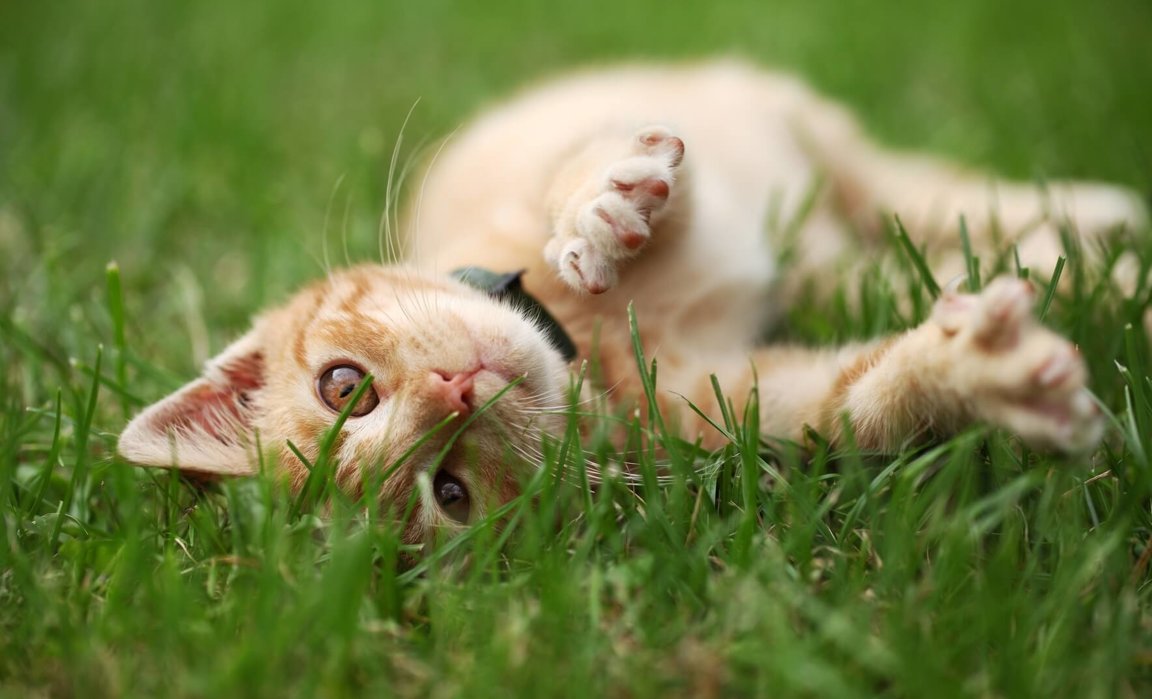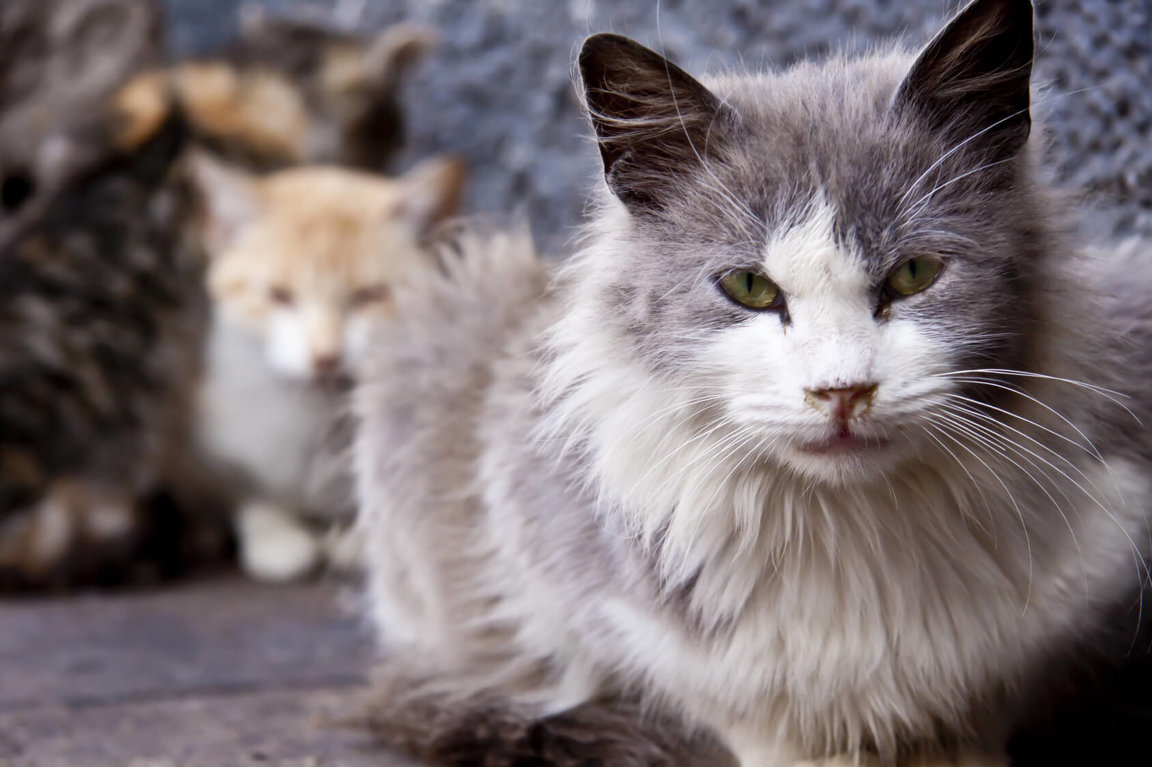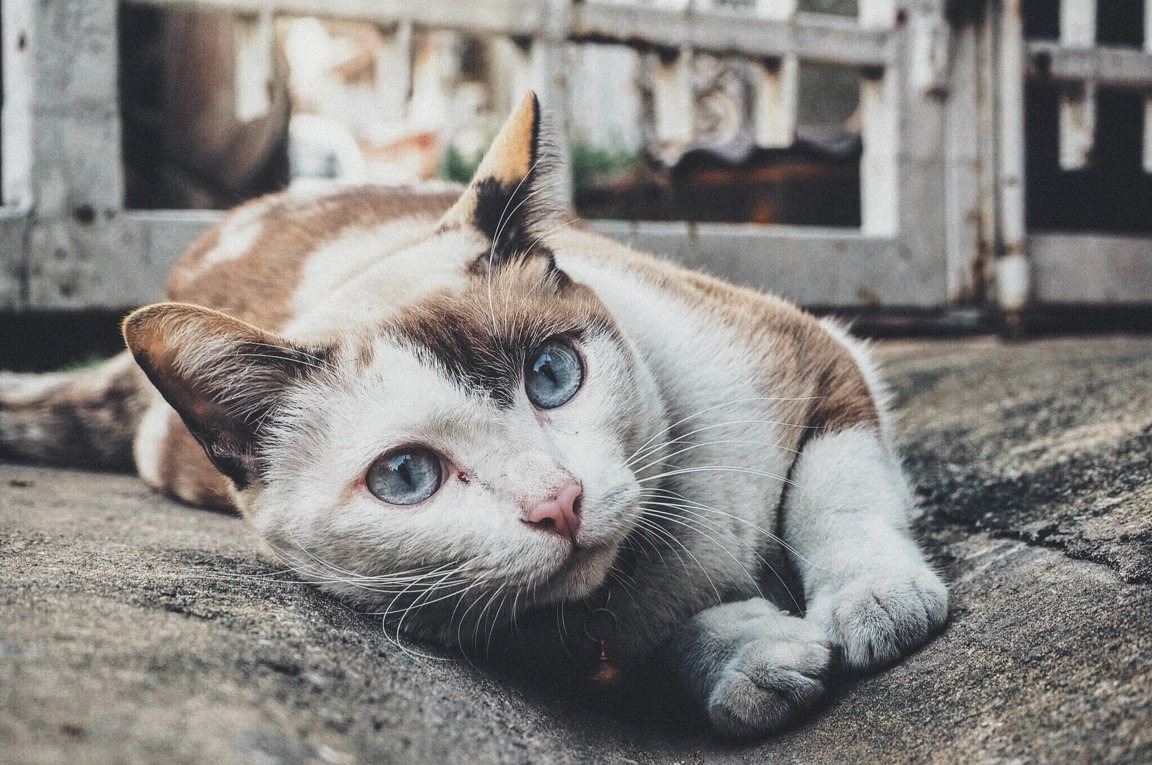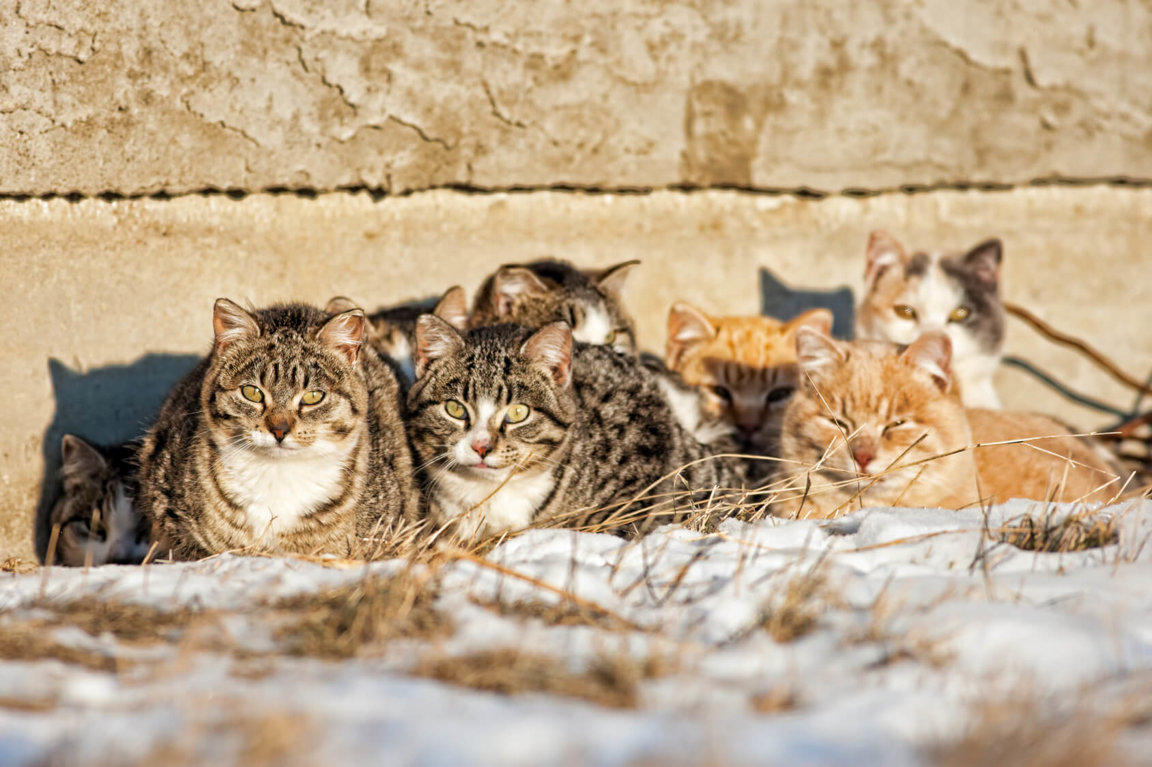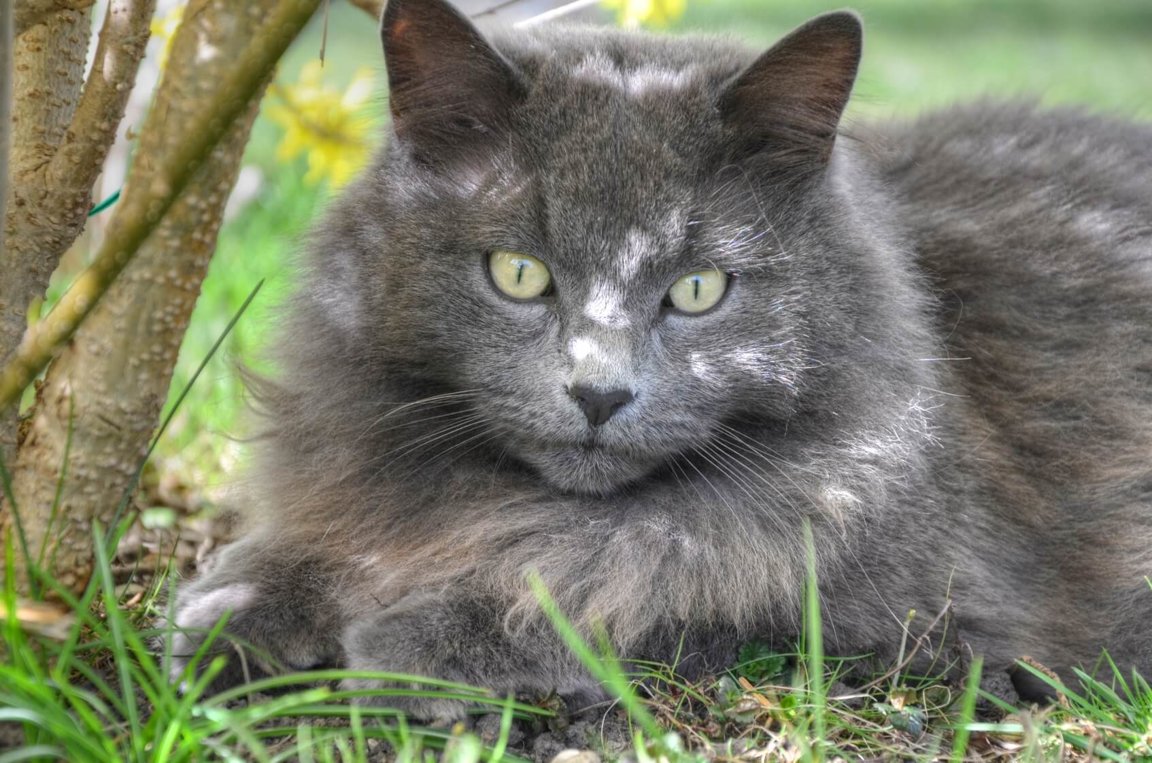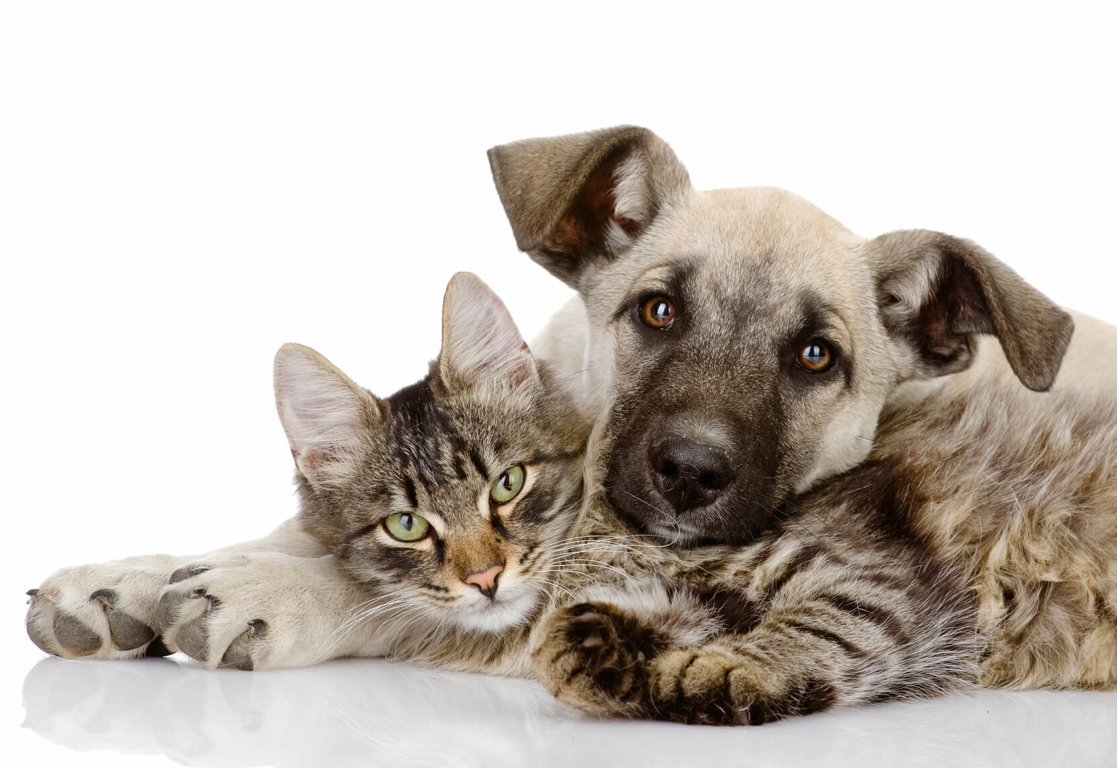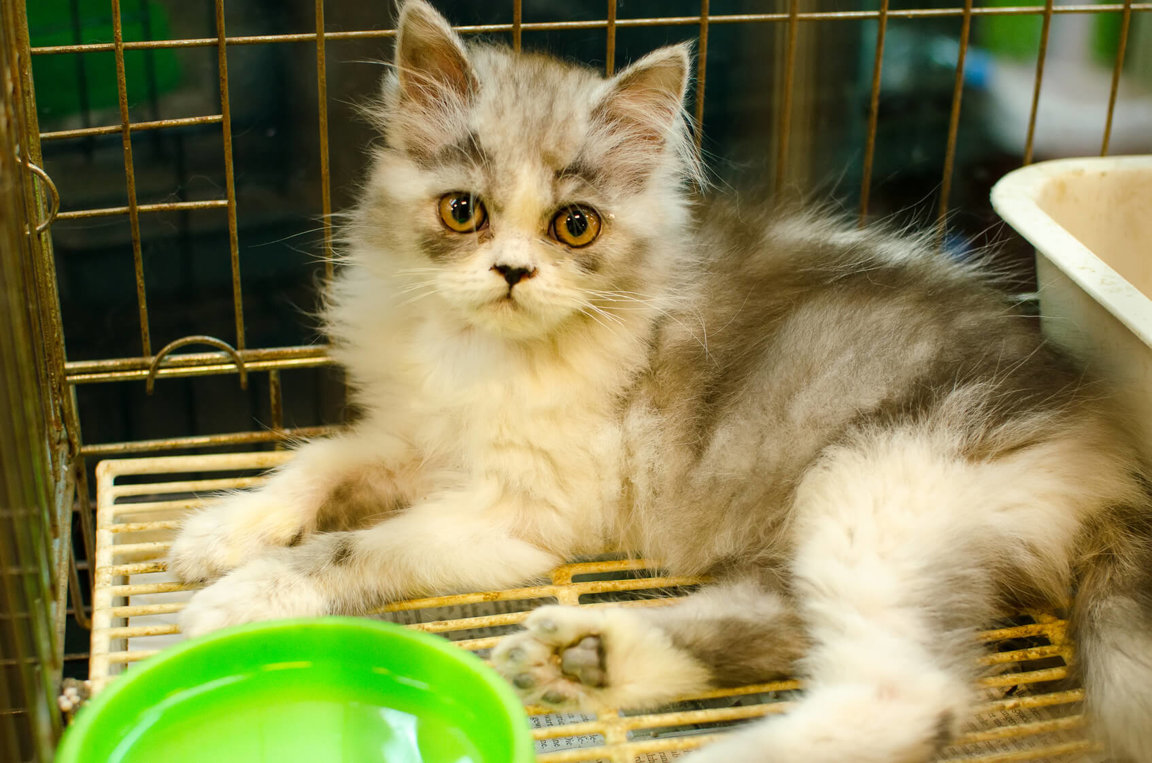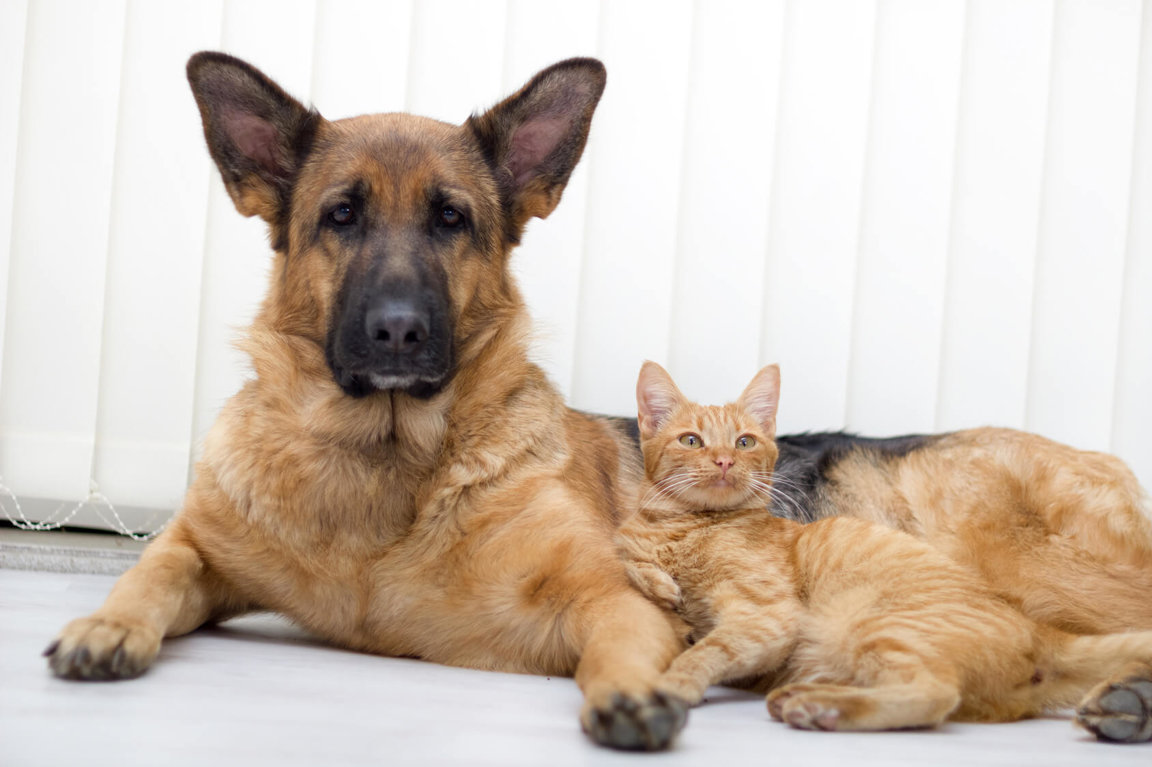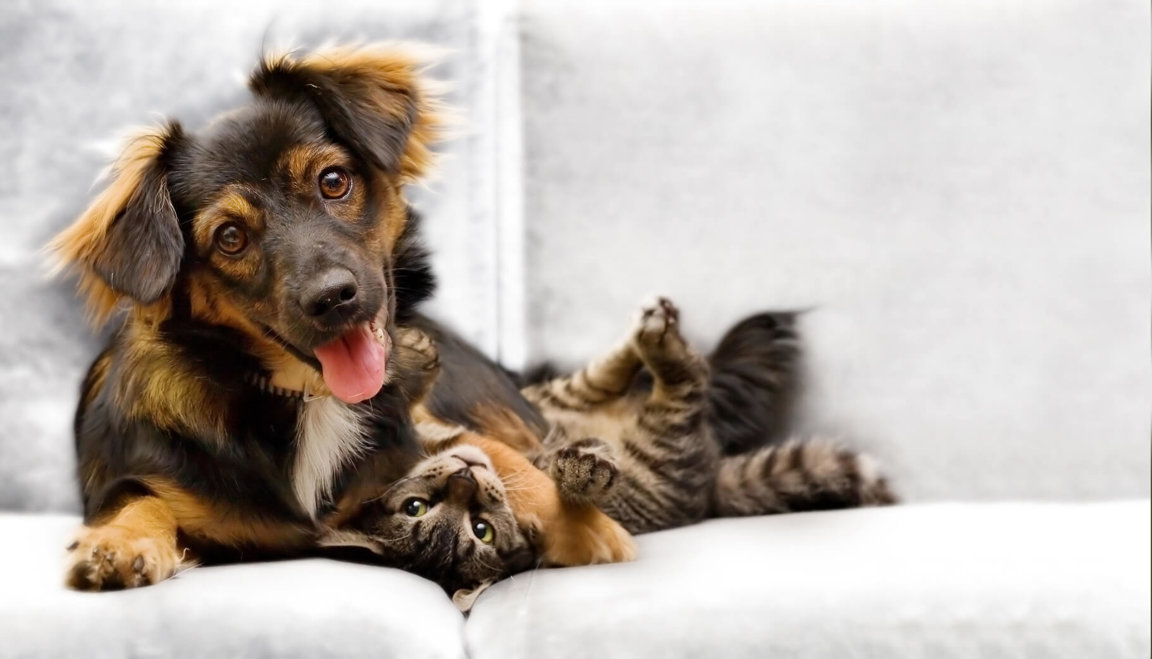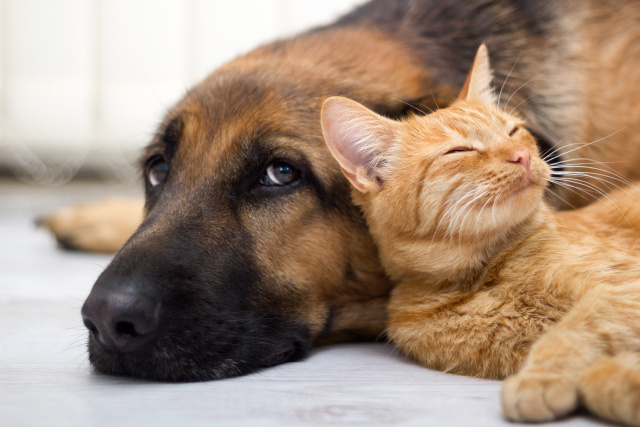Cats
Cats have long been valued by humans for companionship and are the most popular companion animal. There are over 500 million domestic cats throughout the world. Descended from African wildcats, they began to share homes with humans about 10,000 years ago.
Domestic
cats are still similar in anatomy to wild cats, with strong, flexible
bodies, quick reflexes, sharp retractable claws and teeth adapted to
killing small prey. They have excellent hearing, sense of smell and
night vision.
Cats are felids, which are mammals that include lions, tigers, cougars, jungle cats, wildcats, mountain cats, sand cats and other wild cats. They all share a common ancestor that lived around 6–7 million years ago in Asia.
Domestic cats are not radically different from wildcats, so they can interbreed. Unlike dogs, cats have not undergone major changes during the domestication process. They are still capable of surviving in the wild.


 Fascinating Cat Facts
Fascinating Cat Facts Amazing Abilities
Amazing Abilities Special Senses
Special Senses A Day In The Life
A Day In The Life Prolific Breeders
Prolific Breeders Feral Cats
Feral Cats